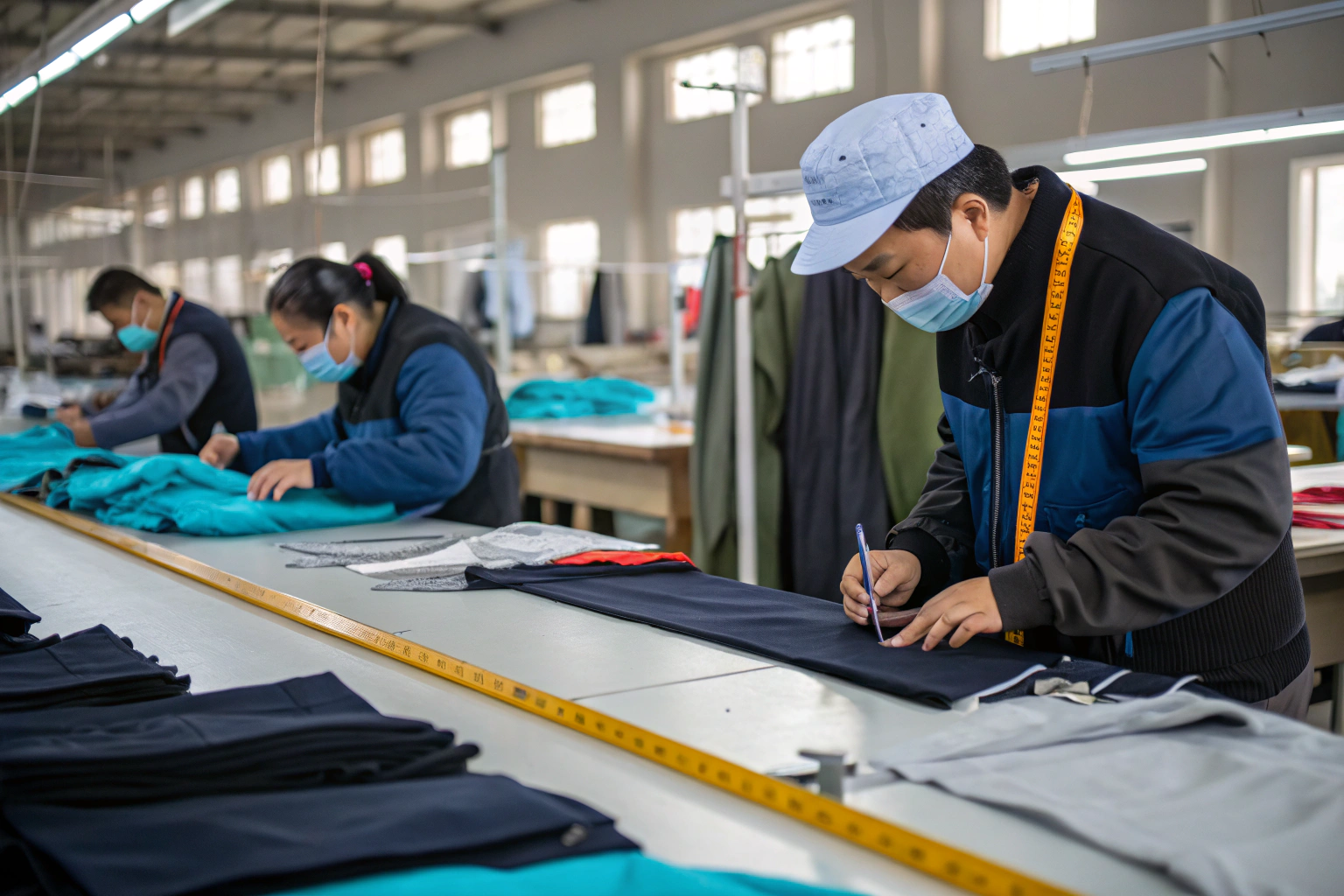When it comes to children’s clothing, quality is not just about style—it’s about safety, comfort, and long-term trust. That’s why in our factory, quality control is the heart of everything we do.
Quality control in kids garment manufacturing involves strict inspections at every stage—from fabric testing and stitching accuracy to safety labeling and final packaging.
As someone who has helped many U.S. and European children’s brands scale their product lines, I know that poor quality is not just costly—it damages reputation. Let’s break down how quality control works and what our buyers value most.
What are the key QC stages in kidswear production?
In kidswear, quality control isn’t a single checkpoint—it’s a continuous process. We integrate checks at every phase, from material sourcing to container loading. This helps prevent recalls, protect children’s health, and ensure brand consistency.
The main stages include fabric inspection, in-line stitching control, measurement checks, and final product testing.
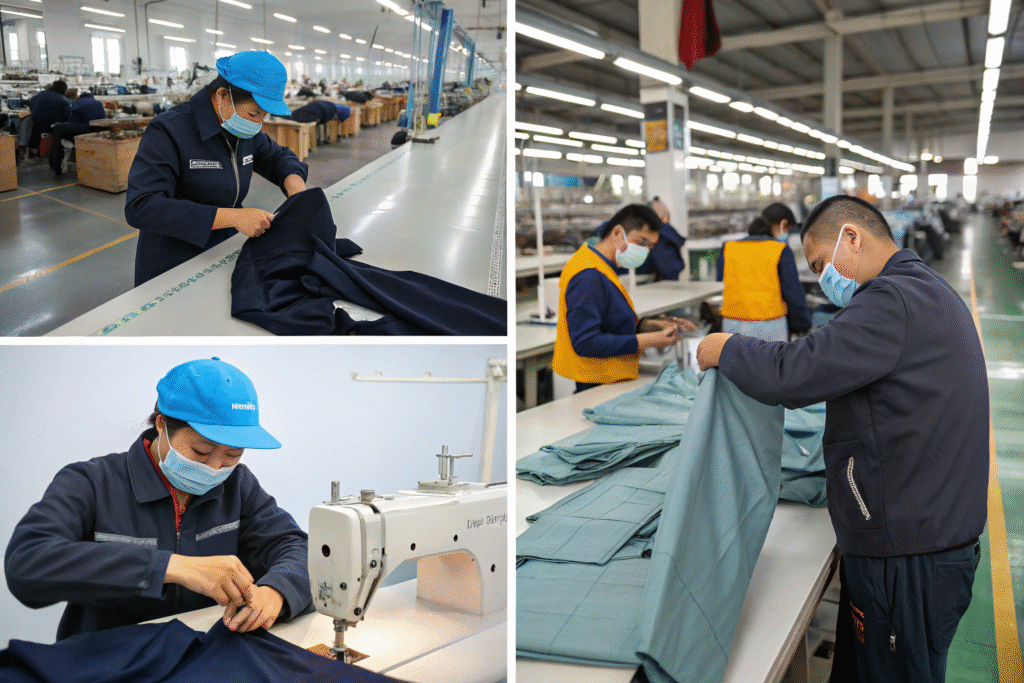
How does fabric inspection impact quality?
Every garment starts with fabric. We conduct 4-point inspections to detect weaving flaws, color inconsistencies, or shrinkage. Tools like Textile Inspection Machines help us check width, weight, and even shade bands.
Fabrics for children must also meet international standards. For example, OEKO-TEX® ensures materials are free from harmful chemicals. You can learn more at OEKO-TEX®.
What’s the role of in-line stitching checks?
Once the cutting starts, we assign QC staff to monitor every production line. Using AQL (Acceptable Quality Limit) standards, we check seam strength, needle defects, skipped stitches, and broken threads.
We also apply ISO 4915 stitch classification to evaluate construction quality. This ensures the durability needed for active kidswear, especially for outerwear or baby rompers.
Why is measurement consistency critical in kidswear?
Children’s sizing is sensitive. Even a 1cm deviation can lead to returns. That’s why we use tech packs, spec sheets, and live samples to check sizing at multiple stages—pre-production, during sewing, and before packing.
Measurement accuracy prevents returns, ensures fit, and maintains the sizing trust that parents rely on.
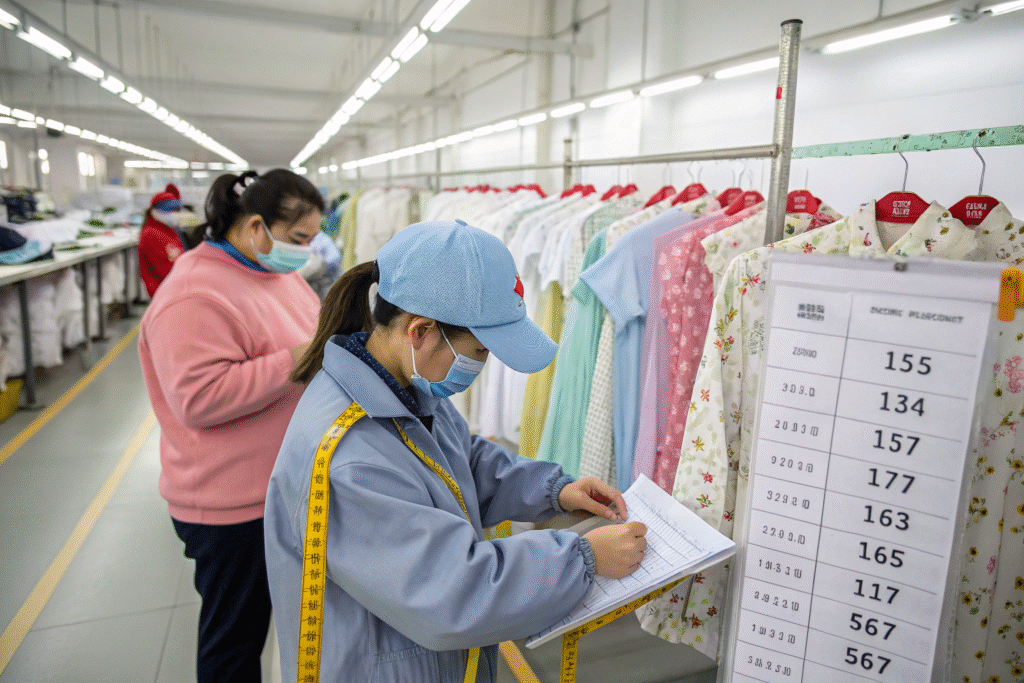
How do we verify sizing before production?
We begin with paper patterns and fabric shrinkage tests. Our QC staff checks pre-production samples against the brand’s size spec using digital and manual tools.
Brands often use tools like Techpacker to track size specs, and we import these into our ERP system. This avoids manual miscommunication.
What tools are used for final measurement inspection?
At final inspection, we randomly select garments using an AQL 2.5 sampling plan. Each piece is measured at 10+ key points—chest, length, sleeve, hip—using transparent rulers or laser tools for high-end clients.
We share measurement reports via Excel or PDF with brands, including images. For stricter clients like Nordstrom or C&A, this is part of our SOP.
How do we ensure safety and compliance in kidswear?
For kidswear, safety goes beyond strong stitches. We must test for choking hazards, flammability, chemical content, and even needle fragments. Failure in these areas could result in product recalls and legal risks.
We follow CPSIA, EN 14682, and REACH regulations for kidswear to ensure global compliance.
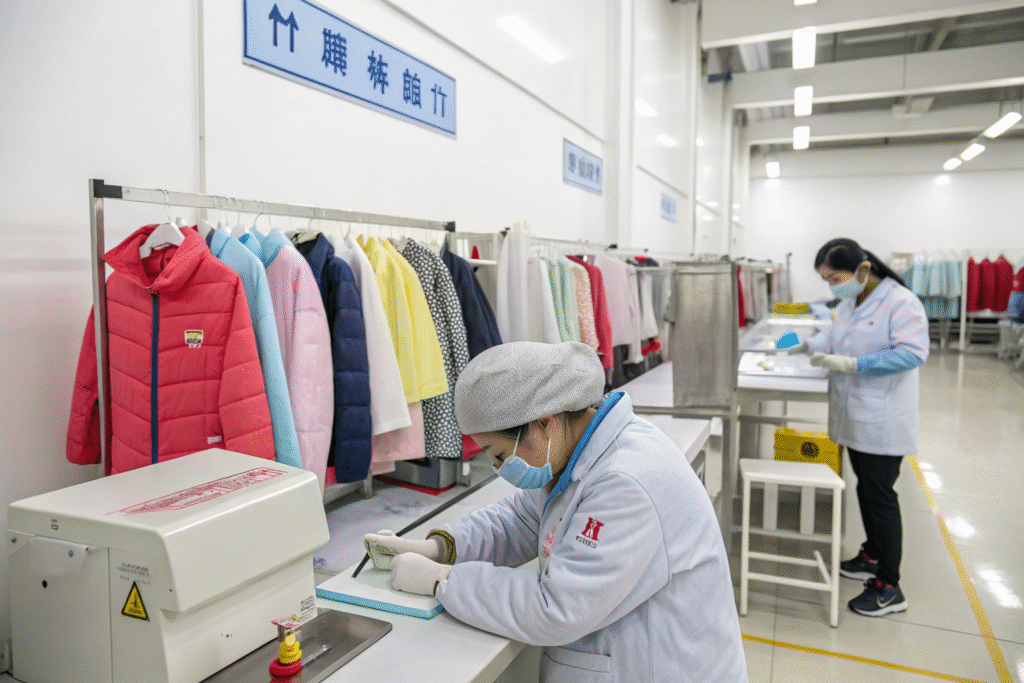
What safety tests are mandatory for U.S. and EU?
In the U.S., CPSIA mandates lead, phthalate, and small parts testing for all kidswear under age 12. Our QC lab conducts pull tests on buttons and snaps, torque tests for toys attached to garments, and uses UV detectors for label compliance.
For the EU, EN 14682 restricts drawstrings and cords in kidswear. We avoid hood cords for children under 7 and use bar tacks to prevent unraveling.
How do we manage lab testing and documentation?
We work with third-party labs like SGS and Intertek for full testing. Once passed, we issue certificates and tracking labels. For clients with fast timelines, we also offer pre-shipment internal lab tests.
These documents are stored in a secure cloud shared with our clients—essential for customs clearance, especially for DDP shipments to the U.S. and UK.
What is the final inspection process before shipping?
No product should leave the factory without passing final QC. This is our last line of defense against complaints and returns. Our inspectors follow detailed checklists and AQL tables for every shipment.
Final inspections include visual checks, packaging reviews, barcode accuracy, and functional tests like zipper pulls or stretch checks.
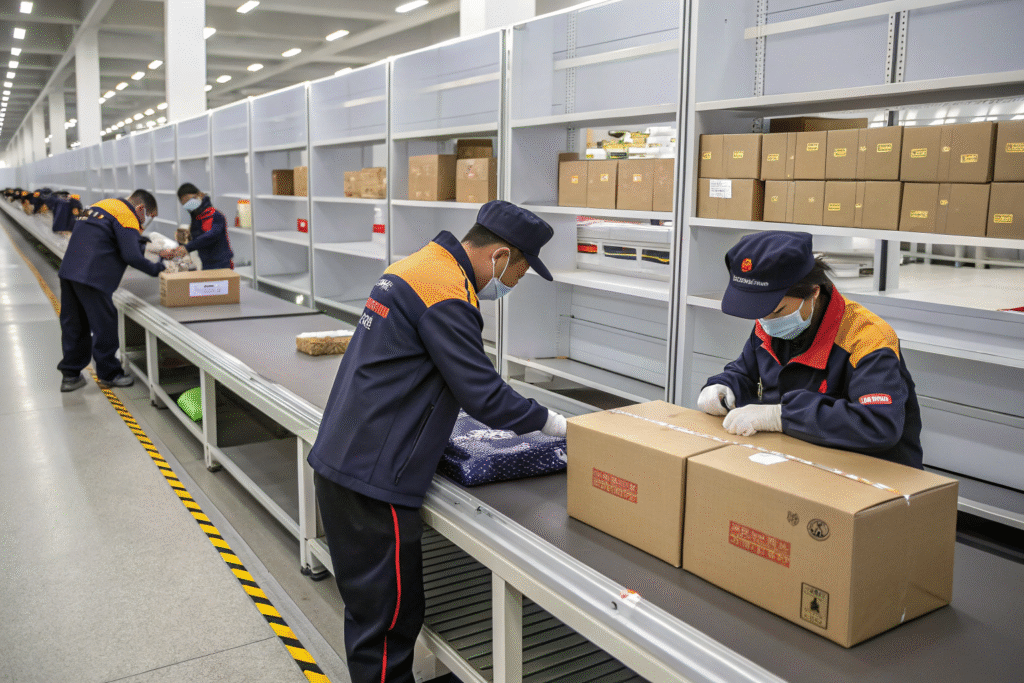
How is packaging part of the QC process?
Damaged or incorrect packaging can ruin perfect garments. We inspect each polybag for size labels, vent holes, and print clarity. For clients like Zulily or Target, hangtags must follow strict formats.
Cartons are tested for stacking strength and humidity resistance. We use ISTA drop testing on some exports to ensure box durability during air or ocean transit.
Do buyers participate in pre-shipment QC?
Yes. Many buyers request pre-shipment inspections by third-party agents like QIMA or AsiaInspection. Others send their own staff. We coordinate these visits, prepare samples, and allow open carton checks.
We also offer video QC walkthroughs with time-stamped reports—a service we added during the COVID-19 travel ban, and which many clients now prefer for speed.
Conclusion
In kids garment manufacturing, quality control is not a department—it’s a culture. From fabric rolls to final cartons, every step matters. As a Chinese factory owner working with premium U.S. and European brands, I take pride in delivering safe, consistent, and well-made kidswear. Our QC isn’t just about checking boxes—it’s about building long-term trust with every stitch.

